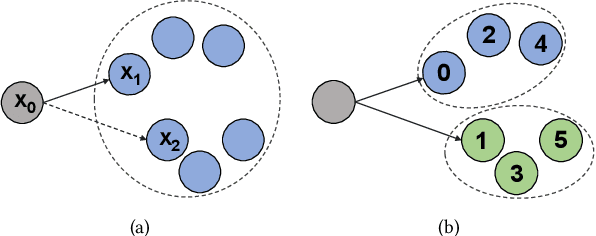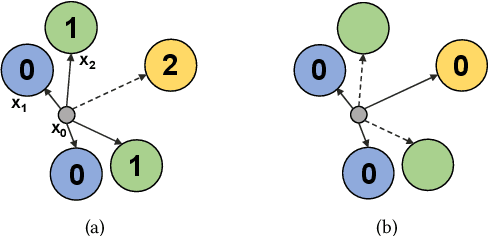Graph-based Approximate NN Search: A Revisit
Paper and Code
Apr 02, 2022



Nearest neighbor search plays a fundamental role in many disciplines such as multimedia information retrieval, data-mining, and machine learning. The graph-based search approaches show superior performance over other types of approaches in recent studies. In this paper, the graph-based NN search is revisited. We optimize two key components in the approach, namely the search procedure and the graph that supports the search. For the graph construction, a two-stage graph diversification scheme is proposed, which makes a good trade-off between the efficiency and reachability for the search procedure that builds upon it. Moreover, the proposed diversification scheme allows the search procedure to decide dynamically how many nodes should be visited in one node's neighborhood. By this way, the computing power of the devices is fully utilized when the search is carried out under different circumstances. Furthermore, two NN search procedures are designed respectively for small and large batch queries on the GPU. The optimized NN search, when being supported by the two-stage diversified graph, outperforms all the state-of-the-art approaches on both the CPU and the GPU across all the considered large-scale datasets.
 Add to Chrome
Add to Chrome Add to Firefox
Add to Firefox Add to Edge
Add to Edge